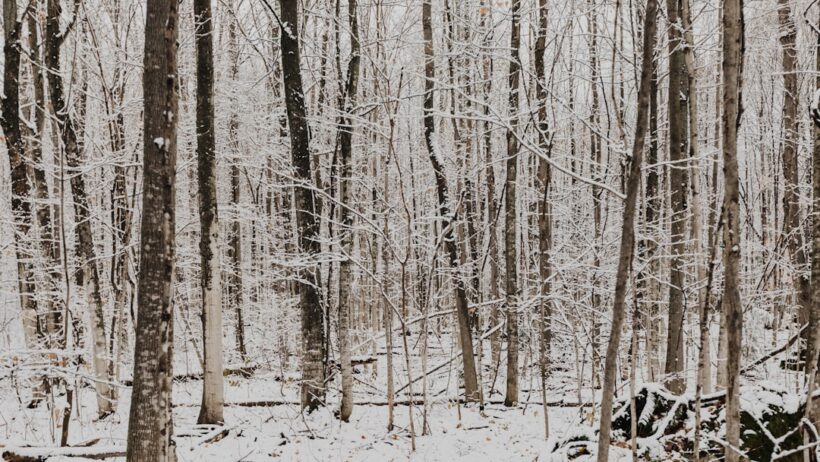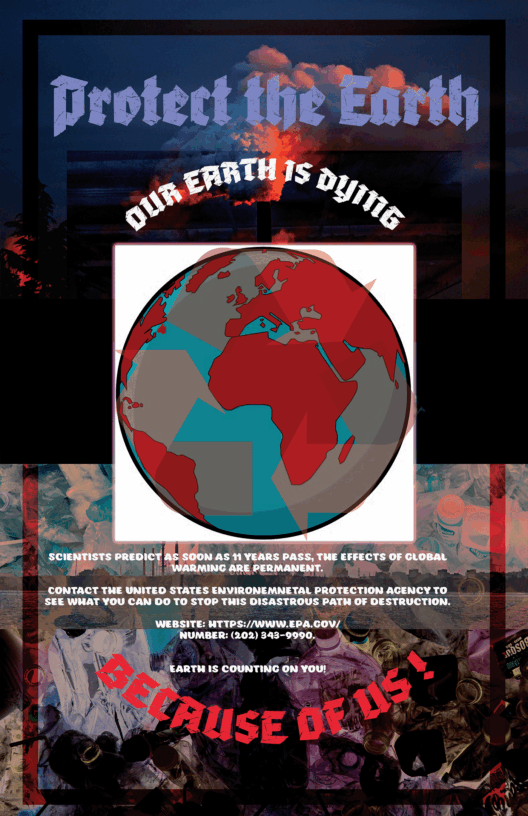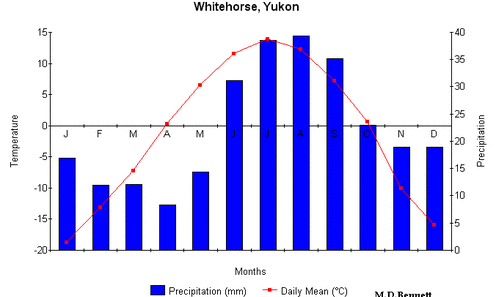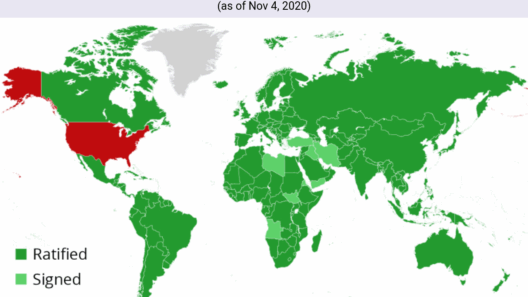Subarctic climate, also known as boreal climate, occupies a unique niche on the globe. Characterized by its cool to cold temperatures, it exhibits a tapestry of both challenges and wonders. It sprawls typically between the tundra regions and the humid continental climate zones, encompassing large portions of Canada, Alaska, and parts of Northern Europe and Asia. While it may not grace the pages of most travel brochures, an exploration of the subarctic landscape reveals a rich tapestry of ecological nuances and climatic intricacies that deserve closer examination.
The essence of subarctic climate can be distilled into its most prominent features: frigid winters and fleeting summers. This climatic type is predominantly classified into two subcategories — Dfc (subarctic with a short, cool summer) and Dfd (subarctic with a very short, cool summer), as classified by the Köppen climate classification system. Winters tend to extend their icy grip for much of the year, often beginning as early as October and lingering until late April, sometimes into May. Residents and ecosystems alike must adapt to the demands of this pronounced seasonality.
Winters in the subarctic are notoriously harsh, characterized by temperatures frequently plunging below freezing. Centrifugal frost can occur, illustrating the severity of these conditions. The snow cover that blankets the ground not only transforms the landscape into a nearly monochromatic vista but also plays a vital role in thermal insulation for the ground below. This insulated layer modulates soil temperature and moisture levels. Ironically, while the air above is frigid, the snow mitigates the complete freezing of ground surfaces, helping organisms like plants and microorganisms beneath endure the bone-chilling cold.
As the region transitions into spring, the thawing process ignites life in remarkable ways. However, this brief window of summer — typically lasting only 3 to 4 months — is anything but unremarkable. The gradual lengthening of daylight hours invigorates flora and fauna, culminating in a short, yet vibrant growing season. Wildflowers bloom, and the verdant foliage of shrubs and trees re-emerges, taking advantage of every drop of the sun’s warmth. This rapid growth cycle is a fundamental survival strategy, ensuring that plant species can rejuvenate before the inevitable return of winter.
One might wonder about the implications of such a bracing climate on biodiversity. Surprisingly, the subarctic is a fertile ground for certain hardy plant and animal species. Coniferous trees, such as spruce and fir, thrive in this harsh environment, demonstrating adaptations like needle-like leaves that reduce water loss and withstand heavy snowfall. Furthermore, the subarctic is home to a plethora of animal species, from migratory birds that traverse great distances to reach breeding grounds, to resilient mammals like caribou and lynx, whose survival is intricately tied to the seasonal rhythm of their environment.
The subarctic climate also presents stark challenges. The extreme temperatures and shorter growing seasons limit agricultural practices. Farming is often relegated to specialized crops that can withstand the cold, further pushing local populations towards reliance on imported goods. Such dependence entails ecological footprints that starkly contrast with the notion of sustainability. Conversely, indigenous communities that have navigated these challenges for centuries showcase a profound understanding of the land and seasonality, skillfully managing resources while honoring long-held traditions.
These human interactions with the subarctic region cannot go unnoticed, especially as climate change casts a long shadow over global environments. The warming atmosphere threatens the very stability of subarctic ecosystems. As average temperatures rise, permafrost — a layer of permanently frozen soil crucial for maintaining the region’s hydrology — begins to thaw. This destabilization not only alters the landscape but also significantly affects methane emissions, as the organic matter trapped in permafrost decomposes. Without immediate intervention, the ripple effects of these changes will be felt far beyond the subarctic, contributing to global climate instability.
Transitioning from a general understanding of the subarctic climate to its future implications invites consideration of what can be done to mitigate its challenges. For the global community, acknowledging the vital importance of preserving these unique ecosystems becomes paramount. Efforts towards reducing our carbon footprints, nurturing renewable resources, and advocating for sustainable practices can alleviate some of the pressure on subarctic climates. Engaging in conversations about these regions enriches the narrative surrounding climate change and underscores the necessity of collective action.
Ultimately, while the subarctic climate may not be the most hospitable, it is a microcosm of resilience and adaptability. The harsh winters and short summers shape an environment that forces both organisms and humans to innovate and coexist. Acknowledging the complexity of this climate and the vibrant life it harbors invites a broader appreciation for the delicate balance within ecosystems. As the climate crisis becomes increasingly urgent, fostering a connection with distant, seemingly inhospitable regions might inspire solutions grounded in a deeper understanding of our planet’s diverse landscapes.
In conclusion, the subarctic climate stands as a testament to nature’s power to adapt and persist against daunting odds. The exploration of this unique climate provokes curiosity and a more profound commitment to preserving not just the traditions and lifestyles embedded within it but also the invaluable ecological knowledge that lies therein. In seeking out stories from these harsh yet extraordinary environments, we perhaps may rediscover our collective role in a changing world and the responsibility we inherit as stewards of the Earth.







